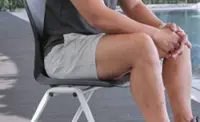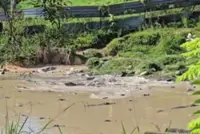Moai facing inland at Ahu Tongariki, restored by Chilean archaeologist Claudio Cristino in the 1990s.
FAR out in the Pacific ocean is the picturesque, if somewhat bleak, Easter Island. This little piece of Chile is one of the isolated places on Earth to have a permanent settlement and has long been famed for its iconic "Heads".
But is it true that far from being just heads, the Easter Island statues actually have bodies buried deep in the ground?
Already a subscriber? Log in
Save 30% OFF The Star Digital Access
Cancel anytime. Ad-free. Unlimited access with perks.





